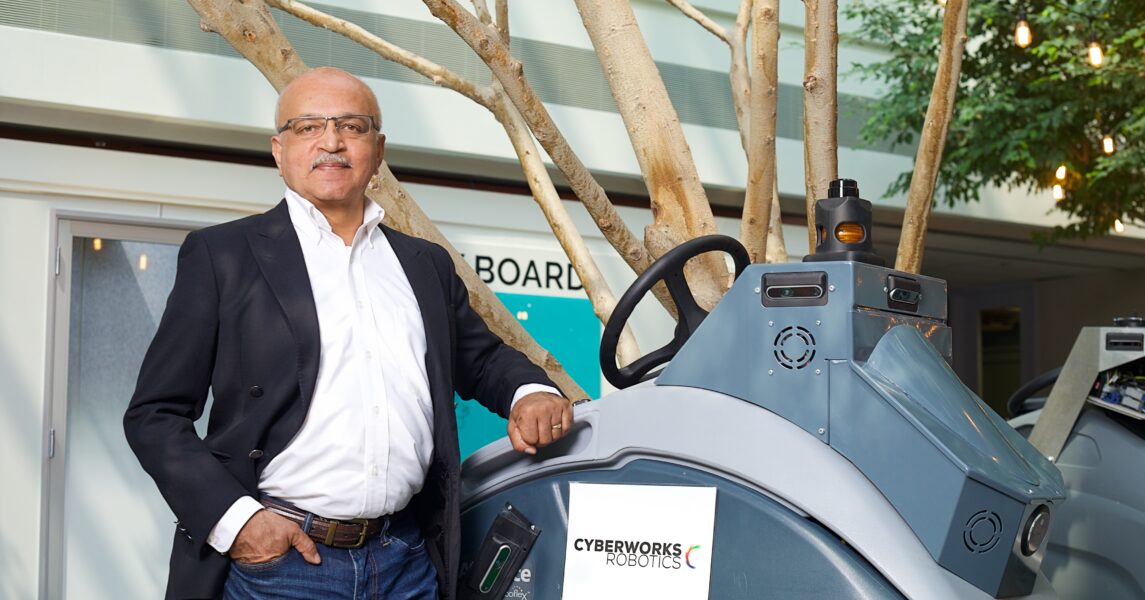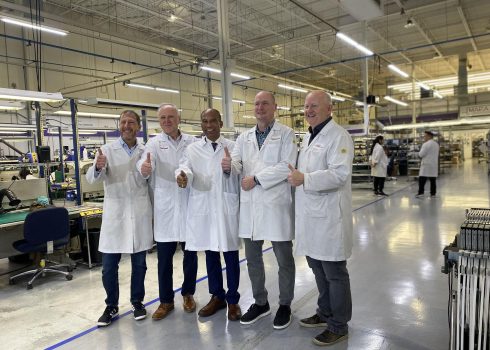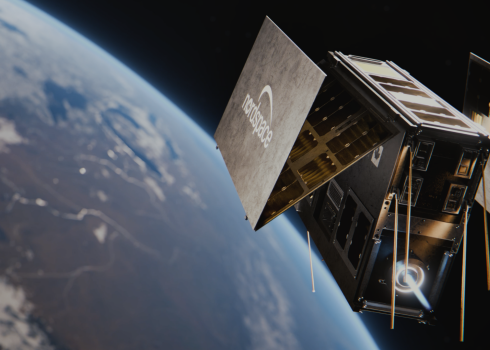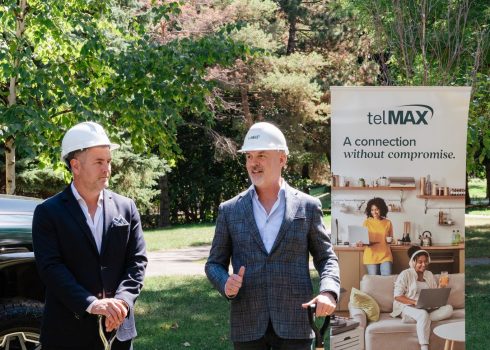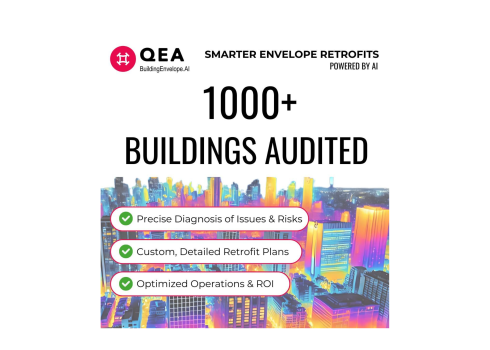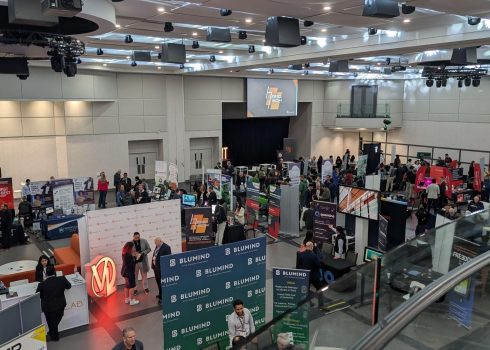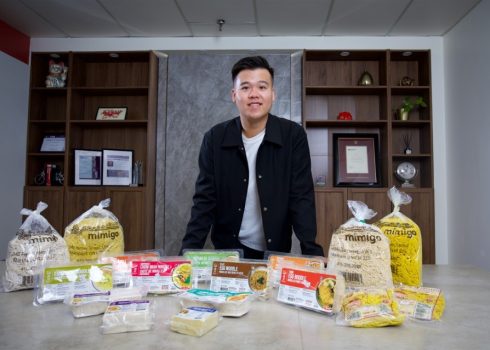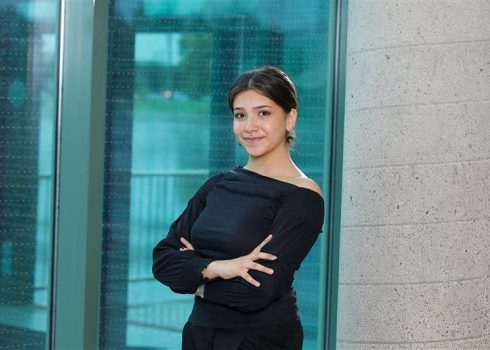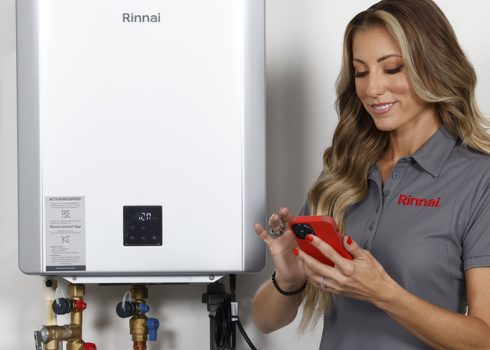From Vivek Burhanpurkar’s perspective, Cyberworks Robotics is a 45-year-old, overnight success. When he founded the company in the 1980s, he was one of a handful of researchers in the world designing autonomous mobile equipment and vehicles. It was a fringe business for some but science fiction for most.
Burhanpurkar had spent his high school years in Orillia and returned there after university to build the company. “We were working with massive multinationals from Japan and France and Holland… all over the world, you know, and they didn’t mind flying all the way to Orillia because there was nobody else,” says the Cyberworks Robotics founder and CEO. “Either they came to us, or they missed out.”
However, in 2015, he started working on a second iteration of Cyberworks Robotics. This time the focus would be on autonomous navigation technology rather than building the vehicles. The industry had evolved so much – there was heightened literacy surrounding autonomous vehicles thanks, in part, to carmaker Tesla. It made the concept easier to sell in mission-critical environments like hospitals and warehouses where autonomous vehicles could transport patients or handle logistics. “There’s a lot more awareness,” says Burhanpurkar. Seeing that sense of competition, he decided to rebuild the company somewhere else. “We knew we had to be closer to the action, so that’s one of the many reasons that brought us to Markham.”
Markham has the largest concentration of tech firms per 1,000 residents among Canadian tech hubs with a population greater than 250,000 and has produced a large amount of intellectual property. Since 2000, Markham companies have registered 1,224 patents, according to the Canadian Intellectual Property Office. Burhanpurkar wanted to be right in the energy of it all so he set his sights on ventureLAB, a Markham-based tech hub and incubator.
In addition to ventureLAB’s reputation as a key cluster of founders and ideas in the region, Burhanpurkar was drawn to the space. “In the development phase of the technology where you have to test continuously, you need a space that is large and complex and constantly changing,” he says. “Getting a technology to work in a static space is easy but 99% of the effort is spent getting the technology to work in a complex space with lots of different materials like glass and chrome and sunlight and darkness… it’s almost impossible to find a building to do that in.”
Being in Markham also gives Cyberworks Robotics access to a rich pool of talent. “The Greater Toronto Area is important because it's an education hub,” he says. “We work closely with the University of Toronto and now that York University is building a campus in Markham we’ve had lots of conversations with the folks there.”
That talent will become critical as Cyberworks Robotics seeks to push the limits of autonomous navigation. “One of the big problems is that the fundamental technology that autonomous vehicles are based on requires that they see certain features or images in the environment,” explains Burhanpurkar. When the autonomous vehicle or equipment can't see these features it relies on to navigate, it comes to a standstill – something that can cost time and money for the businesses that use these devices. “We’re the first company in the world to have solved that problem,” he says. Cyberworks Robotics has developed a new kind of self-driving technology that doesn't rely entirely on the traditional methodology. “And we are adding this new kind of artificial intelligence that even if certain features in the environment are blocked or move or change, the vehicle doesn’t care, it just keeps working and is able to use other cues.”
After 45 years of trying to convince people that autonomous vehicles can be reliable and effective, Burhanpurkar feels like he’s reached a tipping point. He has a big vision for the company. “I don’t try to project or predict the future anymore,” he says. “But the aspiration would be that in five years from now we are the global Microsoft of autonomous equipment.”
